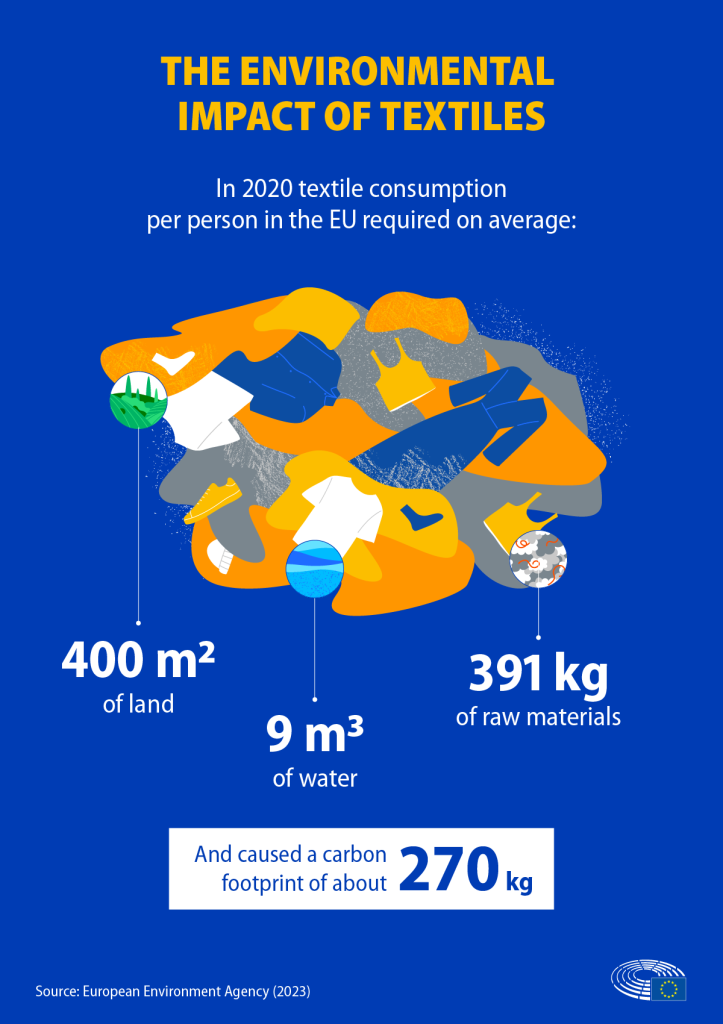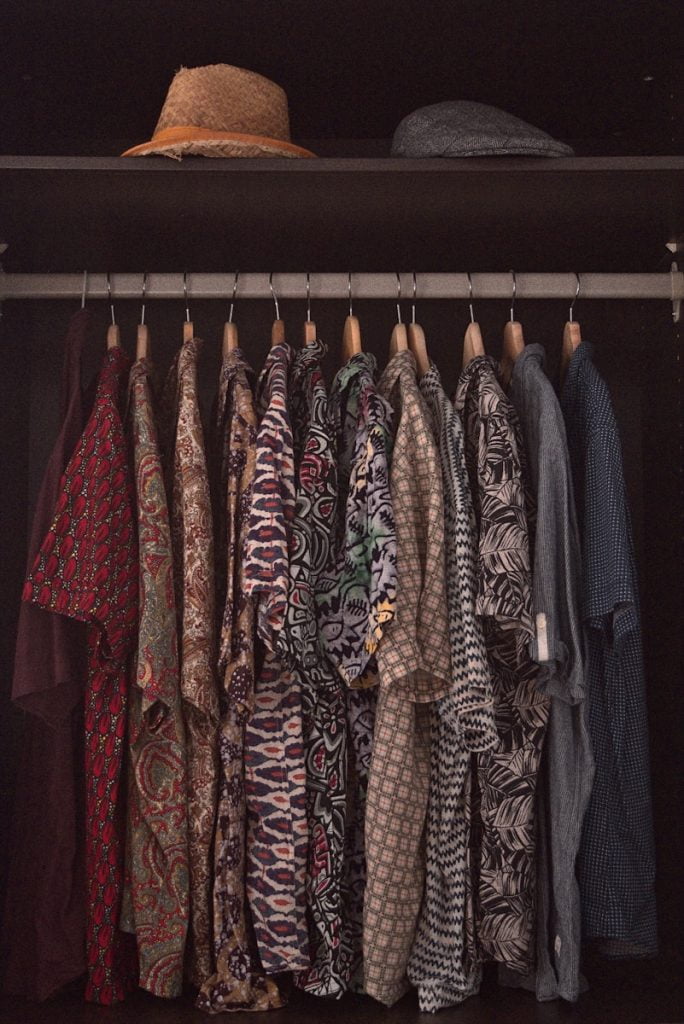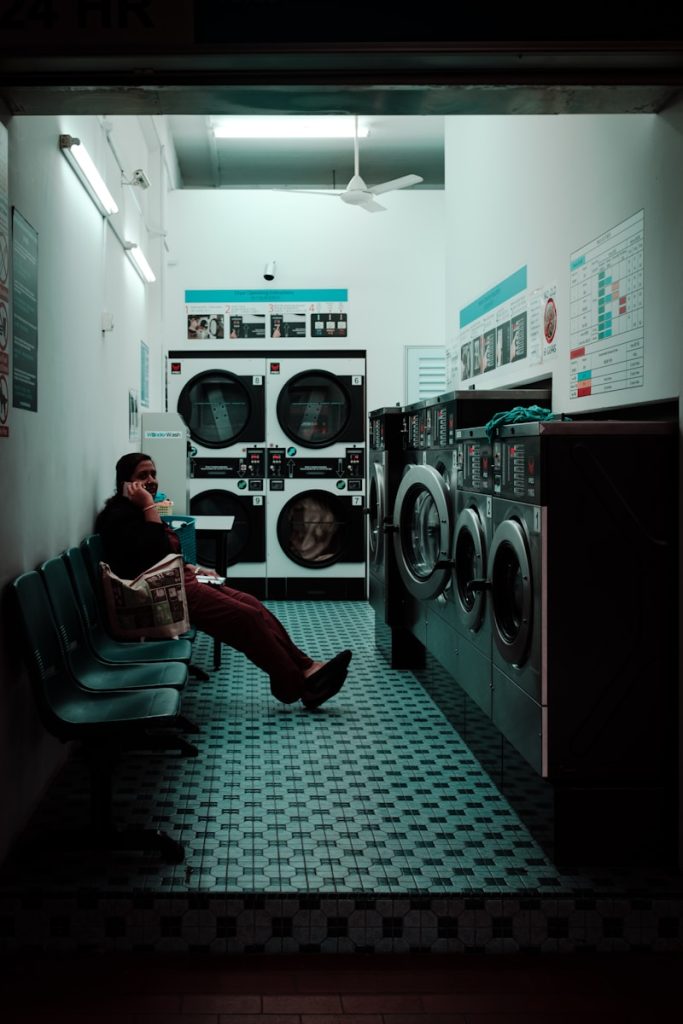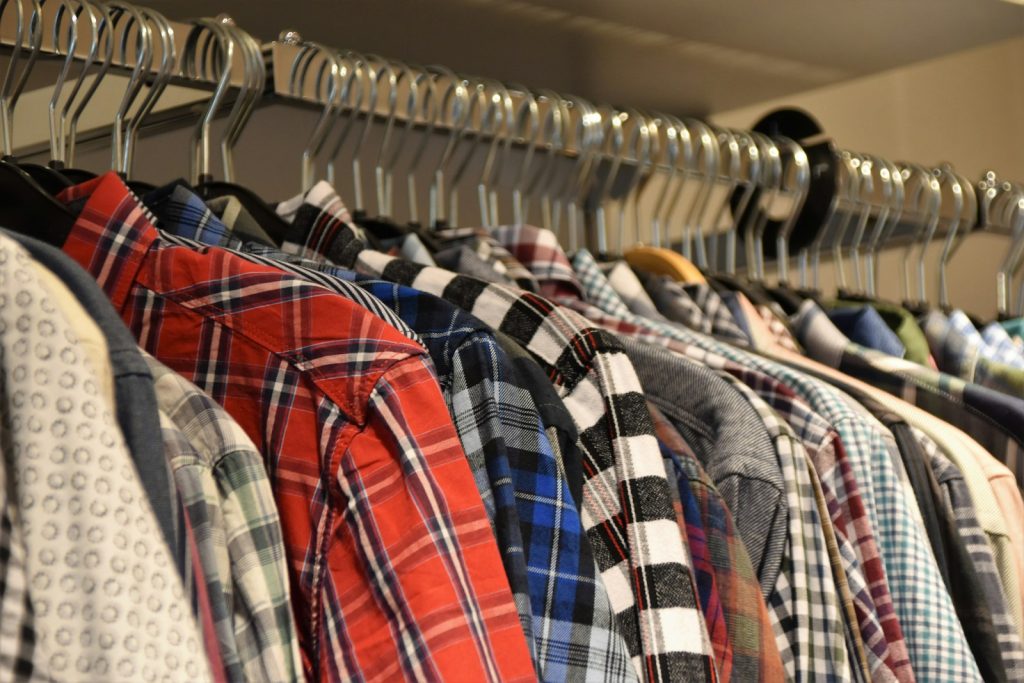In today’s fast-paced world, fashion trends evolve rapidly, and consumers are enticed by the allure of affordable, trendy clothing. This phenomenon, known as fast fashion, has revolutionized the apparel industry. However, beneath the surface lies a complex web of environmental degradation, labor exploitation, and unsustainable practices. This article delves into what is fast fashion and the multifaceted issues surrounding fast fashion, shedding light on its detrimental effects and exploring viable alternatives for a more sustainable future. Let’s get started.
What is Fast Fashion?
Fast fashion is a term used to describe clothing designs that move quickly from the runway to retail stores, often based on current fashion trends. These items are typically inexpensive, mass-produced, and made to mimic the latest designer styles at a fraction of the cost. The goal? Fast turnover and quick profit.
This business model satisfies consumer demand for constant novelty but at a hidden cost. Fast fashion garments are often poorly made, designed to last only a few years before falling apart or going out of style. This planned obsolescence drives a cycle of continuous purchasing, contributing to excessive waste and resource depletion.
Origins and Evolution of the Fast Fashion
The roots of fast fashion trace back to the 1990s when companies like Zara and H&M revolutionized how people consumed clothing. Instead of seasonal releases, these brands launched new collections every few weeks, creating a cycle of constant novelty and demand.
Characteristics of Fast Fashion Brands
- Rapid Production Cycles – New styles hit shelves every 2-4 weeks.
- Low Costs – Affordable pricing encourages frequent purchases.
- Mass Manufacturing – Items are produced in bulk, often overseas.
- Disposable Design – Garments are not built to last, leading to more waste.
How the Fast Fashion Industry Operates?
Supply Chain Dynamics
Fast fashion brands rely on a complex global supply chain that emphasizes speed and cost reduction. From design to production and distribution, the entire process can take as little as a few weeks.
Role of Globalization and Outsourcing
To cut costs, companies outsource manufacturing to developing countries where labor is cheaper and regulations may be more relaxed. This enables brands to offer rock-bottom prices while maintaining high profit margins.
Speed-to-Market Strategies
Fast fashion’s competitive edge lies in its ability to react quickly to trends. Brands monitor runway shows, influencer styles, and social media to replicate looks and rush them into stores—sometimes in under 20 days.
Major Players in the Fast Fashion Industry
Popular Fast Fashion Brands Worldwide
- Zara (Spain)
- H&M (Sweden)
- SHEIN (China)
- Forever 21 (USA)
- Primark (UK)
Market Dominance and Influence
These brands dominate global apparel markets, collectively generating billions annually. Their massive reach shapes global fashion consumption, often pressuring competitors to adopt similar rapid production tactics.
The Appeal of Fast Fashion to Consumers
Affordability and Accessibility
The low price point makes fashion accessible to everyone, particularly younger consumers and budget-conscious shoppers.
Constant Trend Turnover
New arrivals keep consumers coming back for more. This model feeds into the desire to stay fashionable without spending a fortune.
Social Media and Influencer Marketing
Instagram, TikTok, and YouTube have amplified fast fashion’s reach. Influencers often showcase hauls, encouraging viewers to purchase trendy items immediately.
The Controversies Surrounding Fast Fashion

Environmental Concerns
The fashion industry is the second-largest polluter in the world, behind only oil. Fast fashion accelerates this impact through water-intensive processes, chemical use, and greenhouse gas emissions.
Ethical Issues and Labor Exploitation
Low-cost production often means poor working conditions. Factory workers, many of whom are women and children, face long hours, unsafe environments, and meager pay.
Waste Generation and Overconsumption
Consumers buy more, wear less, and discard quickly. This has led to overflowing landfills and a culture of disposability that strains the planet’s resources.
Environmental Impact of Fast Fashion

Water Pollution and Overuse
It takes about 2,700 liters of water to produce a single cotton shirt. Dyeing processes often discharge toxic waste into waterways, harming marine ecosystems. The textile industry uses about 93 billion cubic meters of water annually, equivalent to the consumption of five million people.
Carbon Footprint of Garment Production
From shipping to synthetic fabric creation, the carbon emissions of fast fashion are significant. The industry accounts for nearly 10% of global carbon emissions. These emissions contribute significantly to global warming, exacerbating climate change impacts worldwide.
Textile Waste Crisis
Roughly 85% of textiles end up in landfills every year. Many of these items are made from non-biodegradable fabrics like polyester, taking hundreds of years to decompose.
Additionally, washing synthetic clothes releases 500,000 tons of microfibers into oceans annually, equivalent to the pollution from 50 billion plastic bottles. These microfibers harm marine life and enter the food chain, posing risks to human health.

Social and Ethical Implications
Sweatshops and Poor Working Conditions
One of the harshest criticisms of fast fashion lies in its labor practices. Garment workers, particularly in countries like Bangladesh, India, and Vietnam, are often paid well below living wages. They operate in crowded, unsafe factories where fire hazards, building collapses, and verbal or physical abuse are not uncommon.
The 2013 Rana Plaza tragedy in Bangladesh, where over 1,100 workers died due to a factory collapse, became a grim symbol of the industry’s ethical failures. Despite global outrage, many brands still rely on similar factory setups with minimal oversight.
Child Labor in the Fashion Supply Chain
Child labor remains a pressing issue, especially in raw material procurement like cotton farming and fabric dyeing. In many developing nations, children are employed due to economic necessity, missing out on education and enduring exploitative conditions.
Lack of Transparency and Accountability
Many fashion companies avoid full transparency regarding their supply chains. This lack of openness makes it difficult for consumers to verify whether their clothes are ethically made, thereby shielding unethical practices from scrutiny.
Economic Influence of Fast Fashion
Impact on Local Businesses
The global dominance of fast fashion brands puts pressure on local artisans, tailors, and small-scale designers. Traditional craftsmanship, often rooted in cultural heritage, is overshadowed by mass-produced clothing that prioritizes quantity over quality.
Disruption in Traditional Fashion Markets
Fast fashion has reshaped the fashion calendar. Where once there were two main seasons (Spring/Summer and Fall/Winter), fast fashion introduced as many as 52 “micro-seasons” per year. This constant churn has left traditional brands struggling to compete or maintain relevance.
The Rise of Sustainable Alternatives
Slow Fashion Movement
As a direct response to fast fashion, the slow fashion movement encourages thoughtful consumption. It values quality over quantity, ethical labor, and environmentally friendly materials. Slow fashion brands release fewer collections per year and focus on timeless pieces.
Ethical and Eco-Friendly Brands
Brands like Patagonia, People Tree, Reformation, and Eileen Fisher lead the charge in sustainable fashion. They prioritize organic or recycled materials, fair wages, and low-impact manufacturing processes.
Consumer Education and Conscious Shopping
Educating consumers is key to change. Documentaries like The True Cost and platforms such as Good On You empower people to make informed fashion choices. Awareness campaigns are gradually shifting the conversation from price tags to purpose.
Government and Regulatory Actions
Bans and Restrictions on Textile Waste
Some countries have started banning the destruction of unsold clothing. France, for example, outlawed the incineration or landfilling of unsold clothes to combat waste.
Labor Laws and International Oversight
Initiatives like the Accord on Fire and Building Safety in Bangladesh and the International Labor Organization (ILO) aim to improve factory conditions. However, enforcement remains a challenge, particularly in regions with weak governance.
The Role of Technology in Fast Fashion
Automation and AI in Trend Prediction
Brands use AI to analyze consumer data, forecast fashion trends, and optimize inventory. This not only increases speed but also helps reduce overproduction—if applied responsibly.
Digital Clothing and Virtual Try-Ons
Technology offers futuristic solutions like digital fashion and virtual fitting rooms. Platforms such as DressX allow users to “wear” digital clothes online, reducing physical consumption and waste.
The Psychology of Fast Fashion Consumption
Impulse Buying and Dopamine Effect
Buying new clothes triggers a dopamine release, giving a quick sense of pleasure. Fast fashion exploits this response by offering cheap, stylish garments that encourage frequent purchases—often followed by regret.
Fashion FOMO and Peer Influence
Social media perpetuates a fear of missing out (FOMO), especially among youth. When influencers flaunt trendy outfits daily, followers feel pressured to keep up, fueling a cycle of overconsumption.
Consumer Responsibility and Behavior Change
Tips for Sustainable Wardrobe Choices
- Buy Less, Choose Wisely: Invest in quality, versatile pieces.
- Repair and Repurpose: Extend garment life through mending or upcycling.
- Check Brand Ratings: Use apps like Good On You to assess ethical standards.
Thrifting and Clothing Swaps
Secondhand shopping is on the rise. Thrift stores, online resale platforms like Poshmark and Depop, and clothing swaps reduce demand for new garments and keep clothes out of landfills.
5 Must-Have Wardrobe Essentials for Bangladeshi Men in 2025
Future of the Fashion Industry
Innovation and Circular Fashion
Circular fashion aims to eliminate waste by designing clothes that can be reused, recycled, or composted. Innovations include biodegradable fabrics, closed-loop systems, and rentable fashion models like Rent the Runway.
Predictions for the Next Decade
Experts predict a shift toward transparency, traceability, and tech-enhanced fashion. As awareness grows, brands that prioritize sustainability will likely outperform those clinging to outdated fast fashion models.
FAQs about Fast Fashion
Why is fast fashion considered harmful?
Fast fashion harms the environment, exploits workers, and encourages wasteful consumption through cheaply made, disposable clothing.
Can fast fashion ever be sustainable?
While some brands are trying to incorporate sustainable practices, the business model of fast fashion—rapid production and disposal—is inherently unsustainable.
How do I identify a fast fashion brand?
Look for frequent new collections, ultra-low prices, lack of transparency about sourcing, and rapid trend turnover.
What are the best alternatives to fast fashion?
Consider sustainable brands, slow fashion, secondhand shopping, clothing rentals, and DIY fashion.
How can I shop more ethically?
Buy less, support ethical brands, ask questions about where and how clothes are made, and prioritize quality over quantity.
What are the economic benefits of fast fashion?
It creates jobs and offers affordable clothing, but these benefits often come at a significant environmental and human cost.
Rethinking Our Fashion Choices
Fast fashion might offer cheap, trendy outfits, but the true cost is hidden behind environmental degradation, worker exploitation, and massive waste. By understanding the impact and embracing alternatives, each of us can make a difference.
From buying less to choosing better, sustainable fashion starts with informed decisions. The shift may seem small, but when multiplied across millions, it can reshape the entire industry.



